Report this entry
More from the same community-collection
St. Patrick's Day Parade - 2017 - Video
St. Patrick's Day Parade - 2017 Bundled up or skimpily clad, ...
St. Patrick's Day Parade - 2017 - Video
St. Patrick's Day Parade - 2017 Bundled up or skimpily clad, ...
St. Patrick's Day Parade - 2017 - Video
St. Patrick's Day Parade - 2017 - Video - Downtown, El Paso, ...
St. Patrick's Day Parade - 2017 - Video - El Paso, Texas
Liliana Esparza principal at St. Patrick's Cathedral School. St. ...
El Paso Museum of Archaeology - Poppies Fest - 2017
El Paso Museum of Archaeology - Poppies Fest - 2017
The Tiguas - Poppies Fest - El Paso, Texas
Tiguas perform at the Poppies Fest - El Paso, Texas 2017. ...
Tarantula Near The El Paso Museum Of Archaeology
Tarantula near the El Paso Museum of Archaeology. Most ...



















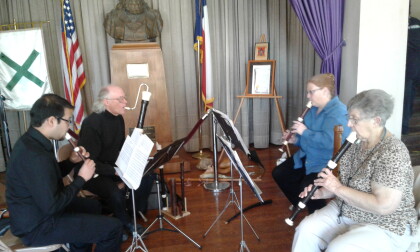
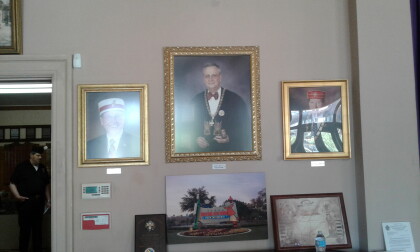
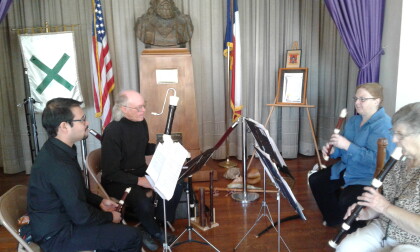

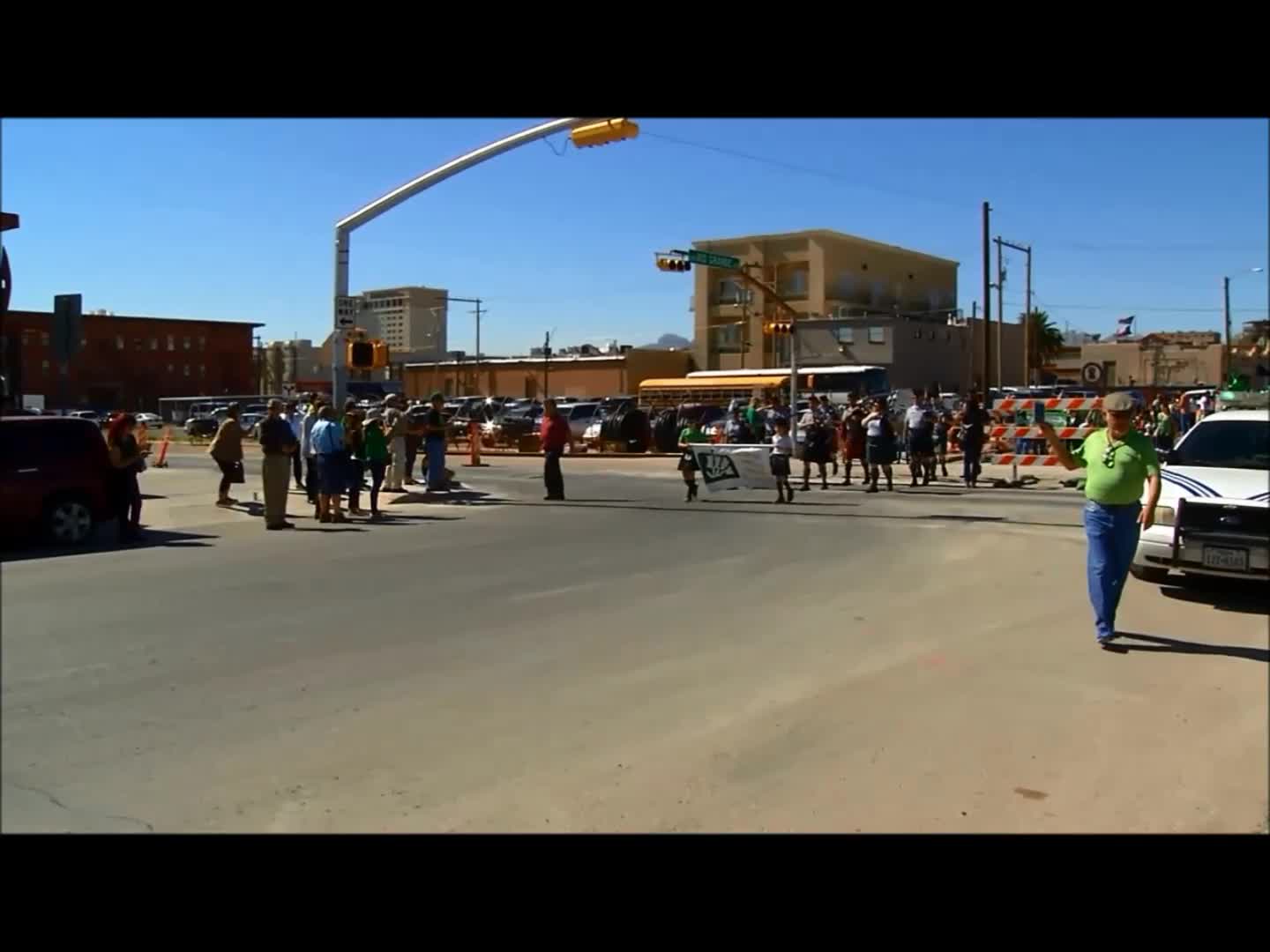
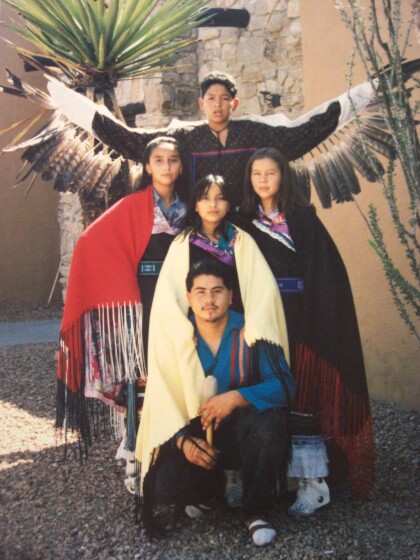
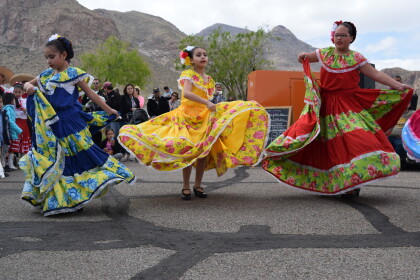
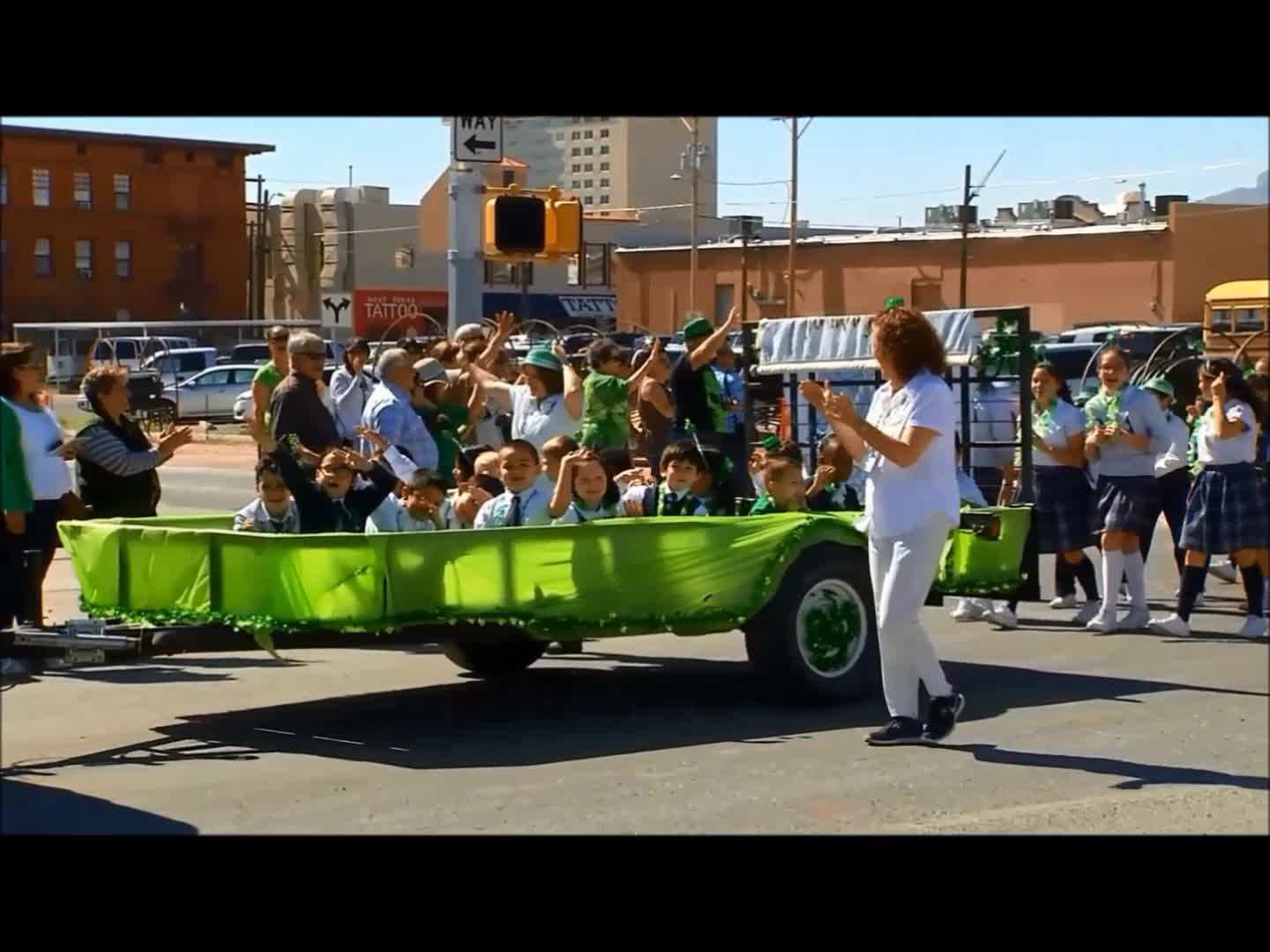


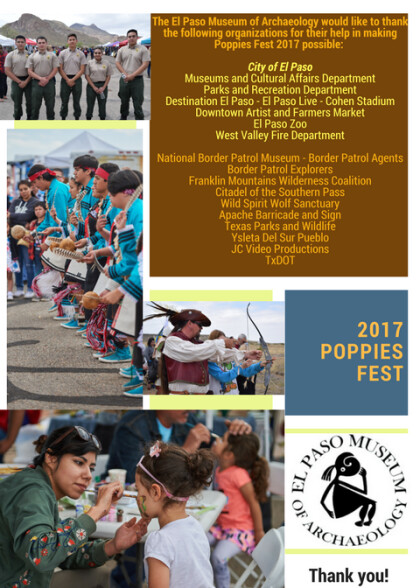
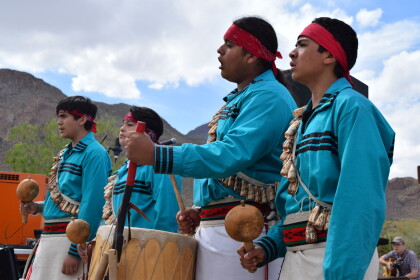
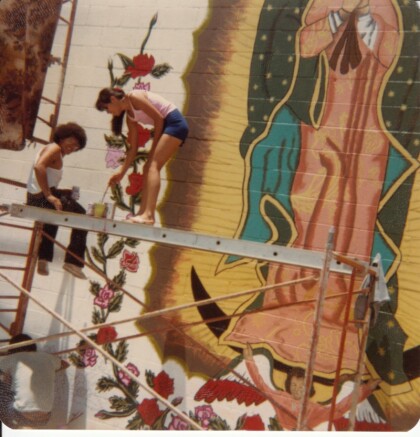
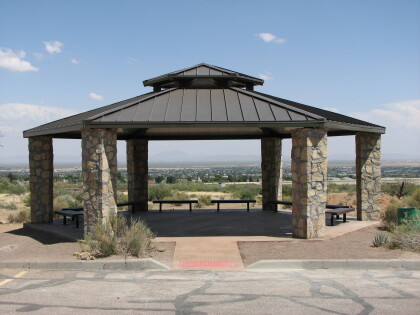
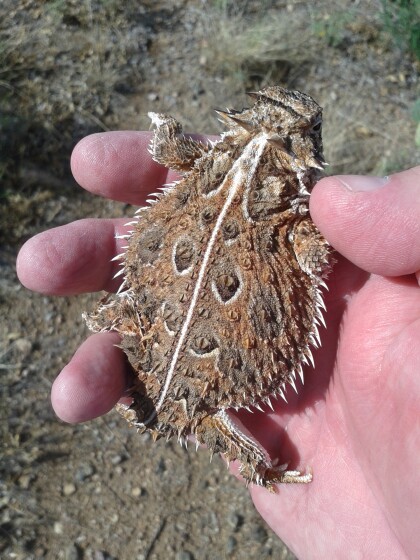
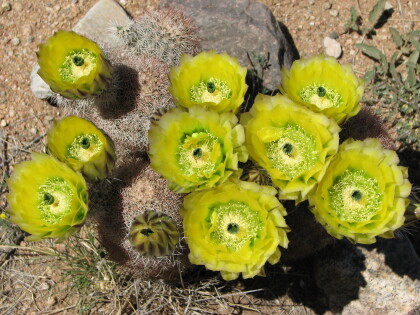
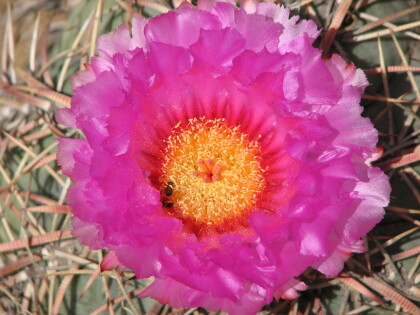
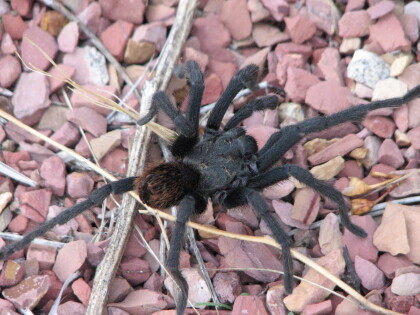
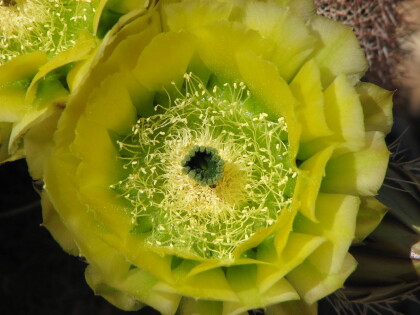
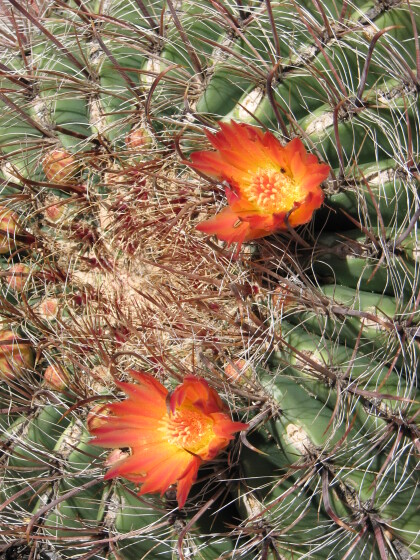
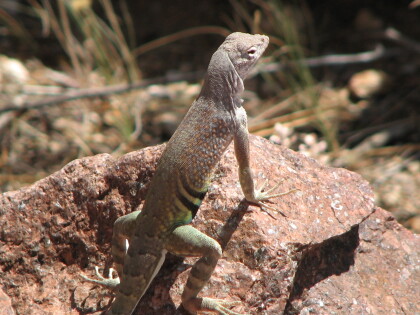
Comments
Add a comment